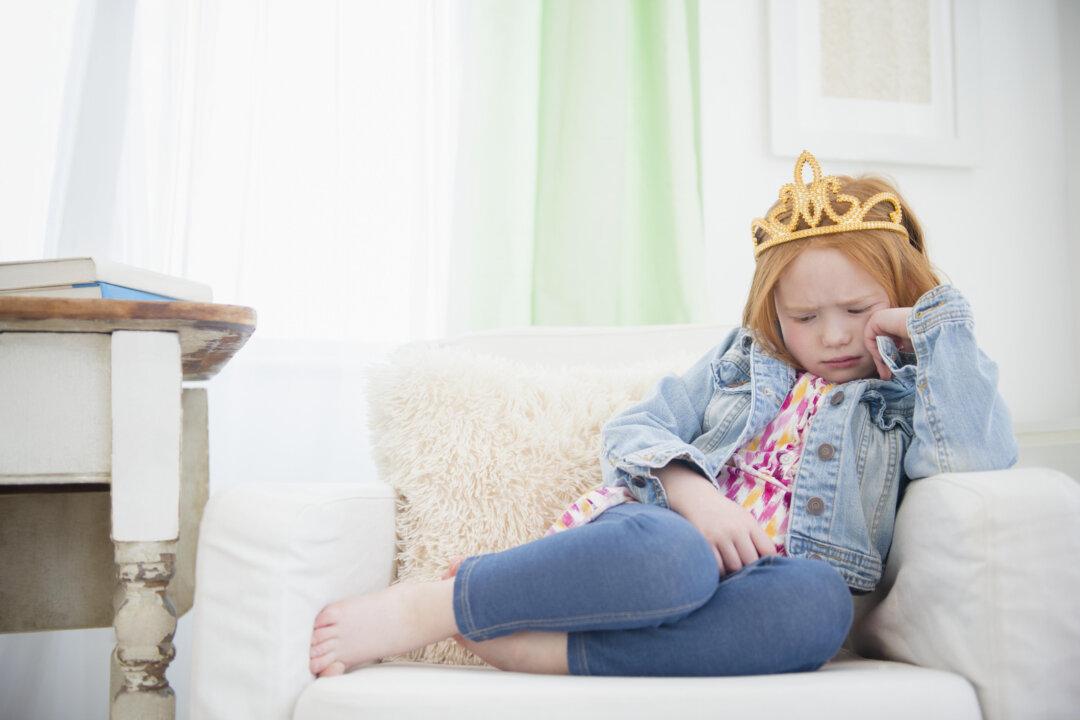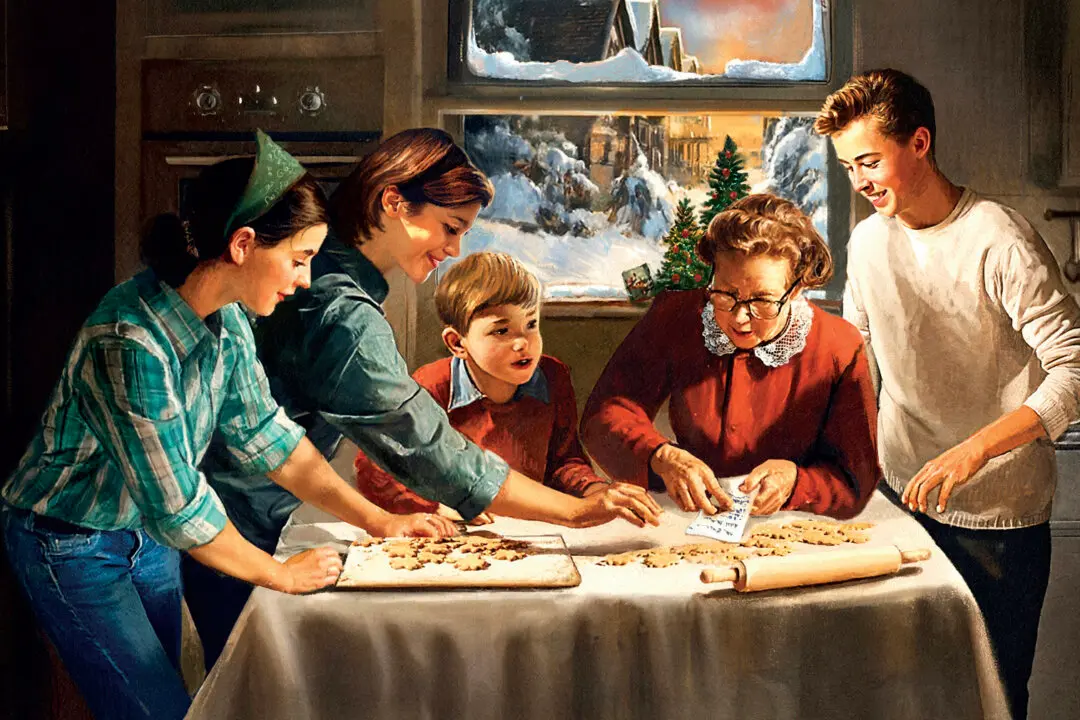Has it ever struck you that today’s kids seem far more prone to disrespectful outbursts than the kids of a generation ago?
Even uttering that question makes me feel like I’ve passed into the back-when-I-was-a-kid realm of nostalgia, though I can barely be classified as a middle-aged millennial! Yet I know I’m not alone in this observation.






